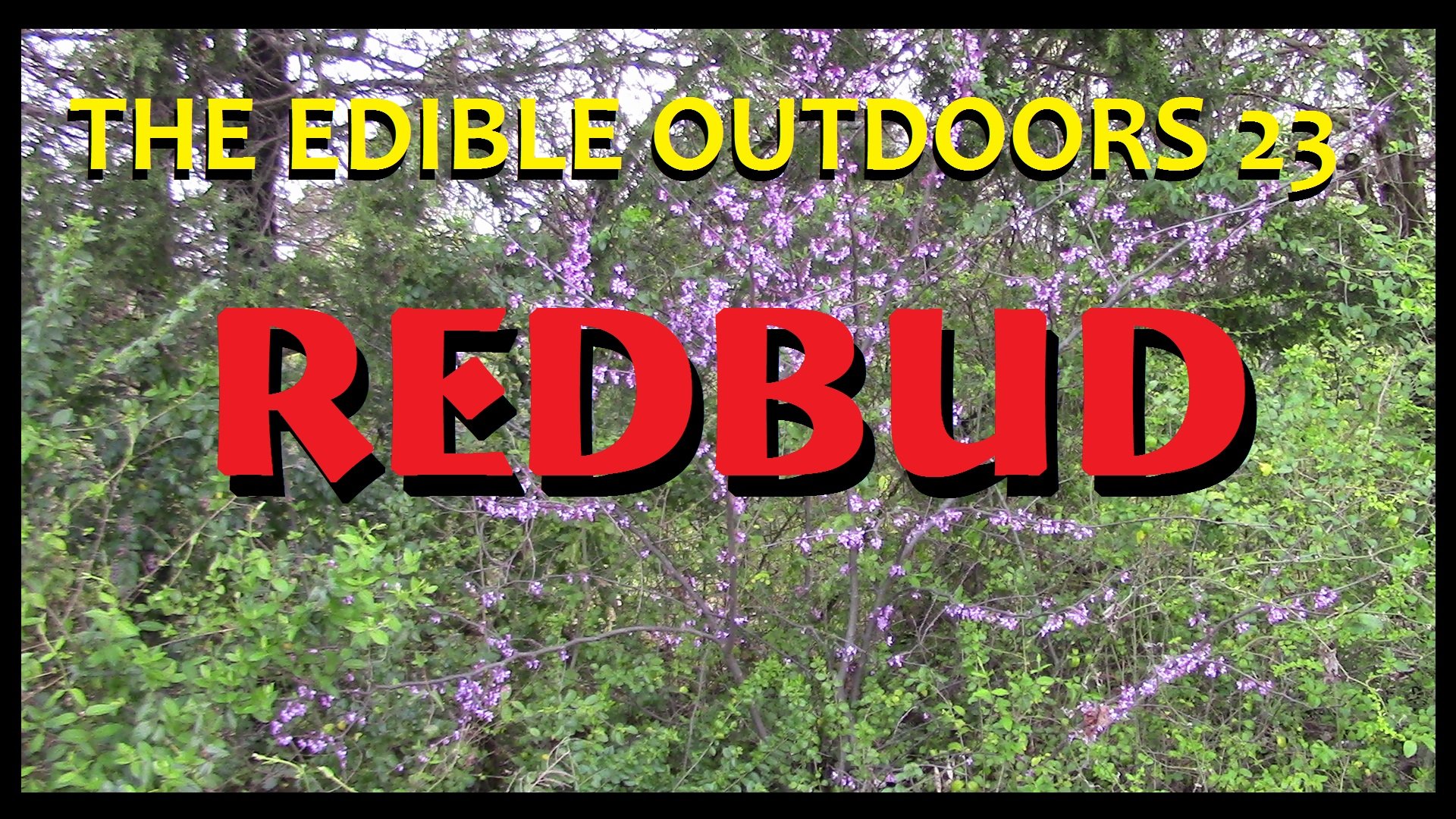
Redbud is one of the most beautiful wild edibles that I have ever encountered!
DISCLAIMER: In this series I am simply trying to share some of my adventures in the wild and information that I am learning. I am not a professional nor am I trying to give dietary or medical advice. I'm just a man on a journey sharing about what I am encountering. I believe that the plant in the photos has been accurately identified and I have consumed it without side effect... so far. Enjoy!


Until I moved to Arkansas, I was completely ignorant about the existence of this member of the Legume family. Though it took me over 30 years to find it, I’m glad that I did! If you are not familiar with the Redbud, ask around as there are species that are found worldwide.

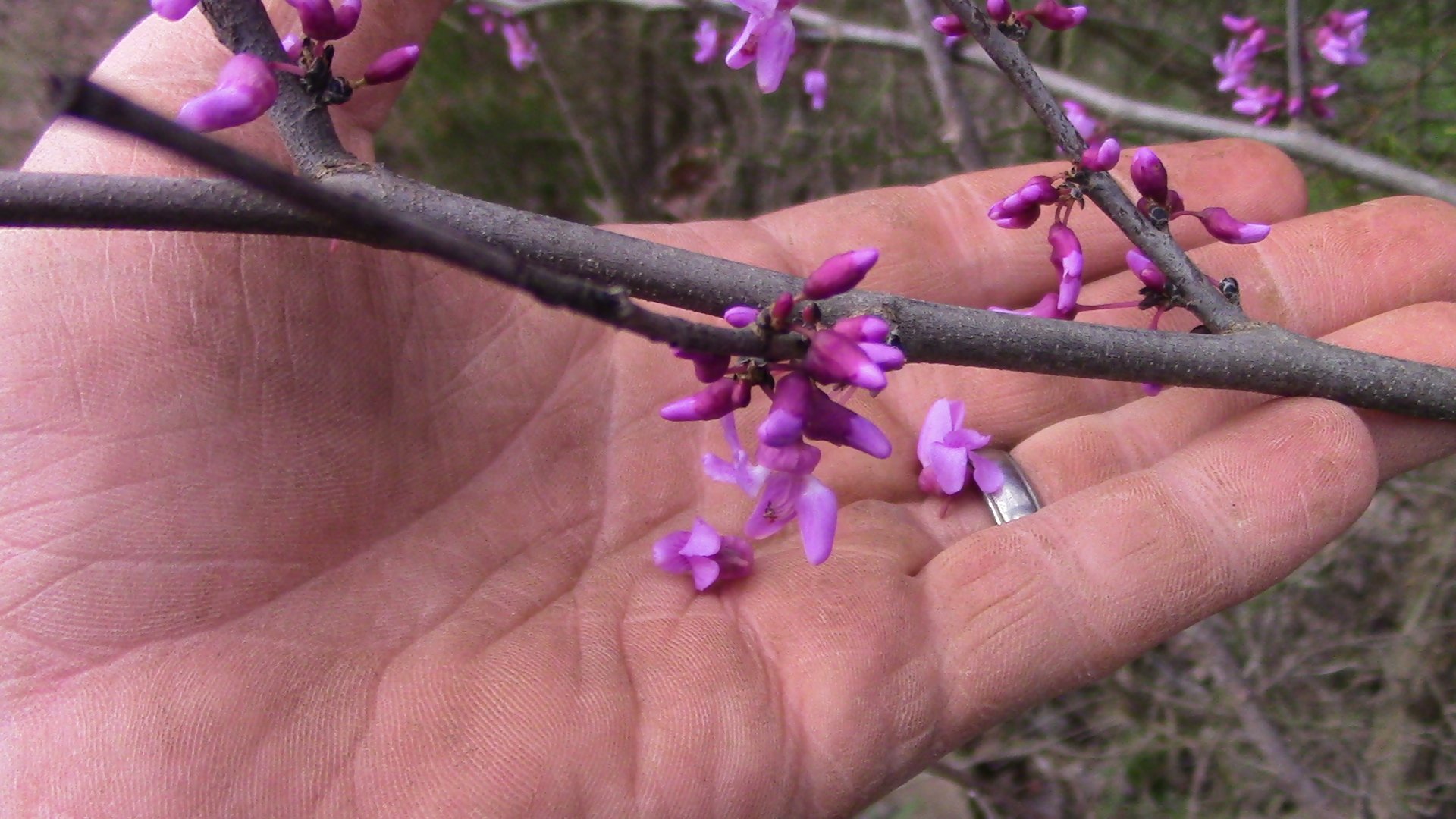
The tiny pinkish flowers are the first things to appear on the trees in the early spring. If left to be pollinated, they eventually turn into elongated seed pods. The flowers, though, are edible and very easy to collect. These beautiful trees look striking in when they are in full bloom, and to those who have enjoyed their flowers as an edible, they look delicious too!
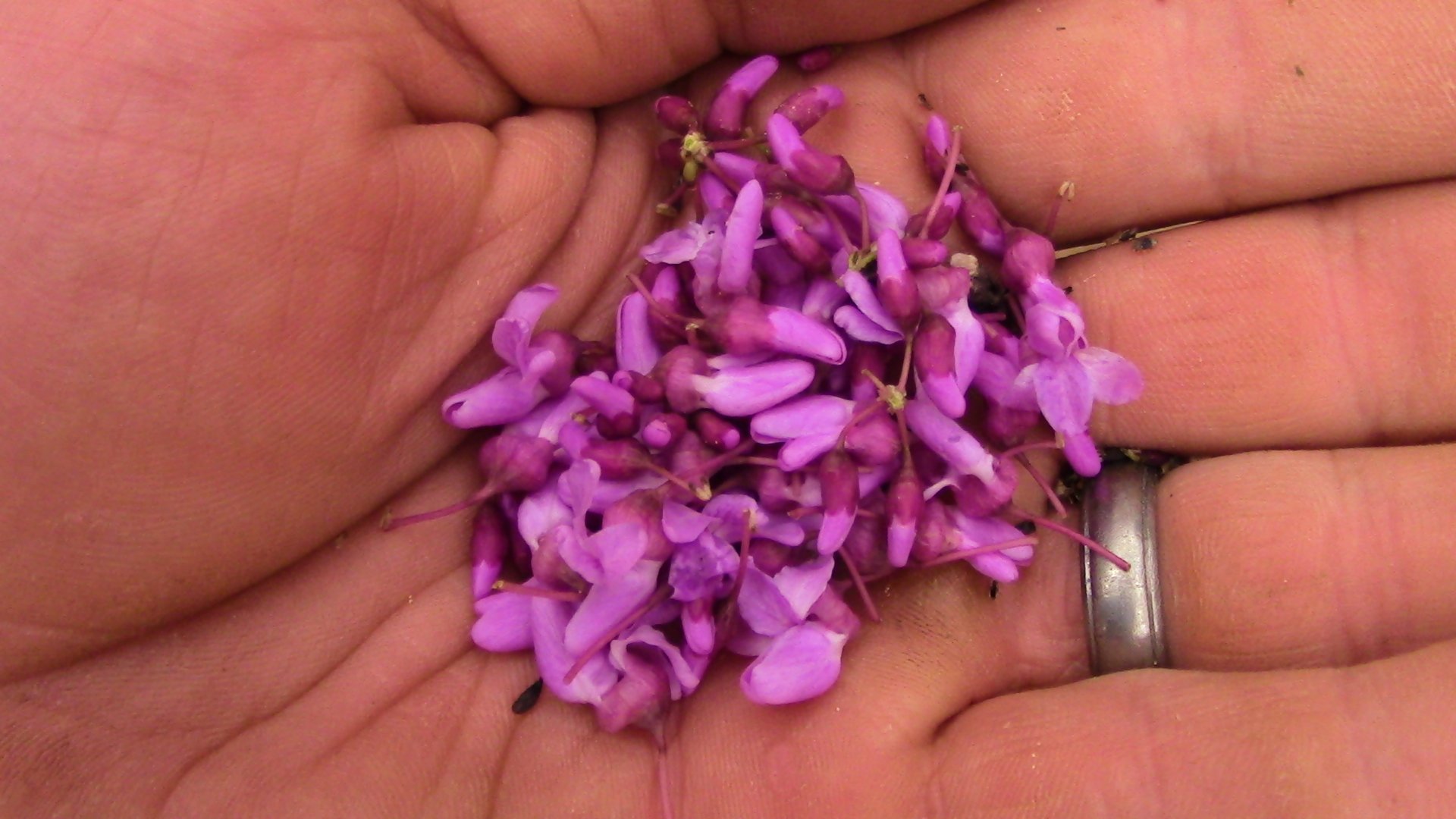
It is not only these beautiful flowers that are edible, but the young seedpods are too. I have not personally tried them (yet), but I hear that they can be tasty if cooked and seasoned. Older Redbud seedpods can become bitter and astringent, in a similar way that unripe Persimmon fruit. While the seedpods are a good source of protein, and the flowers are an excellent source of Vitamin C.
Papa-pepper Checking Out a Redbud on the Roadside.

SO USEFUL!
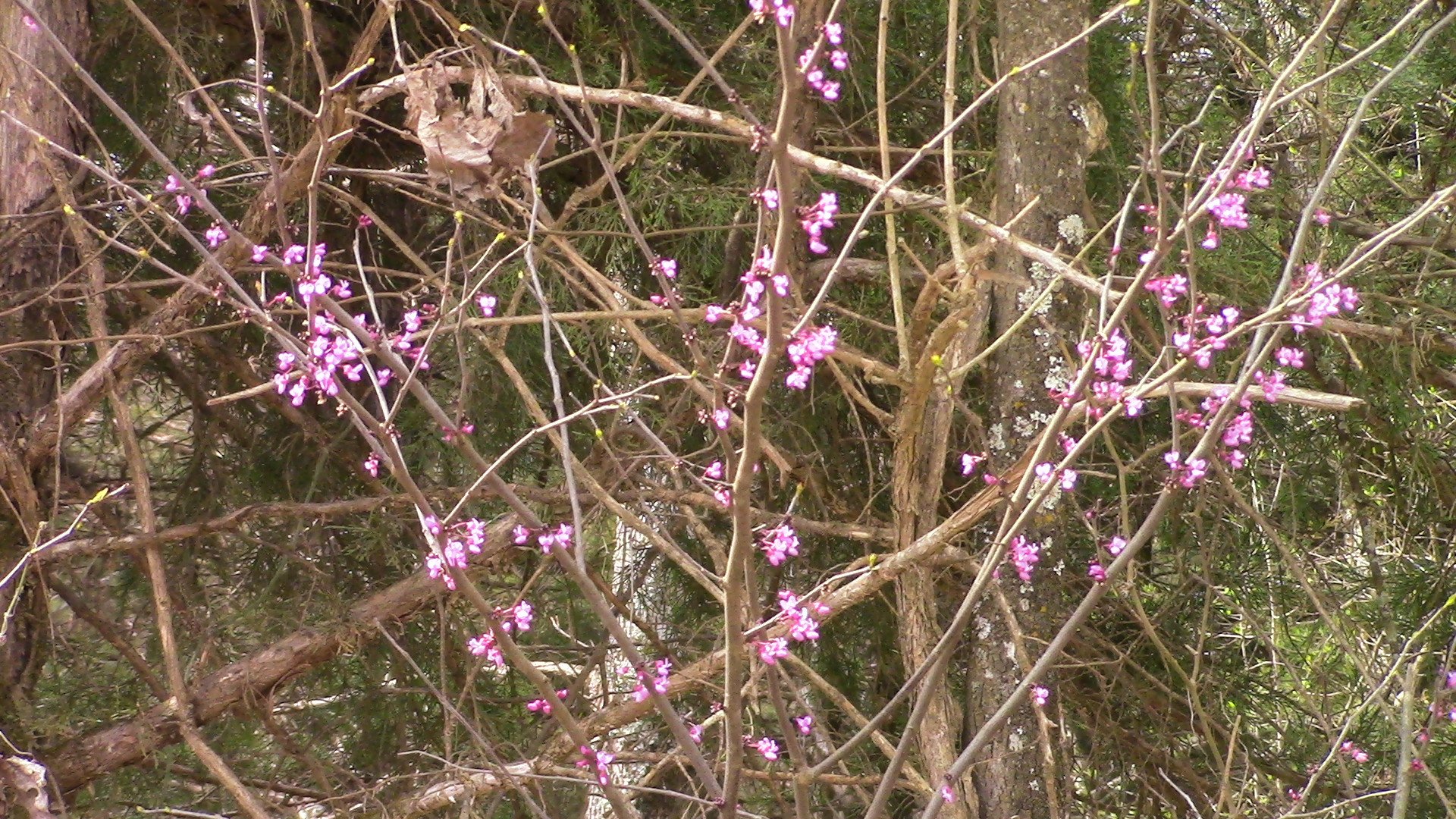
I am always amazed at how useful so many common plants actually are once we look into it. Not only can the Redbud trees be used in multiple ways as a food source, but there are medicinal uses as well. The inner bark is even more astringent than the ripe seedpods and can be used to make a strong tea. This tea has traditionally be used to treat fevers and diarrhea.
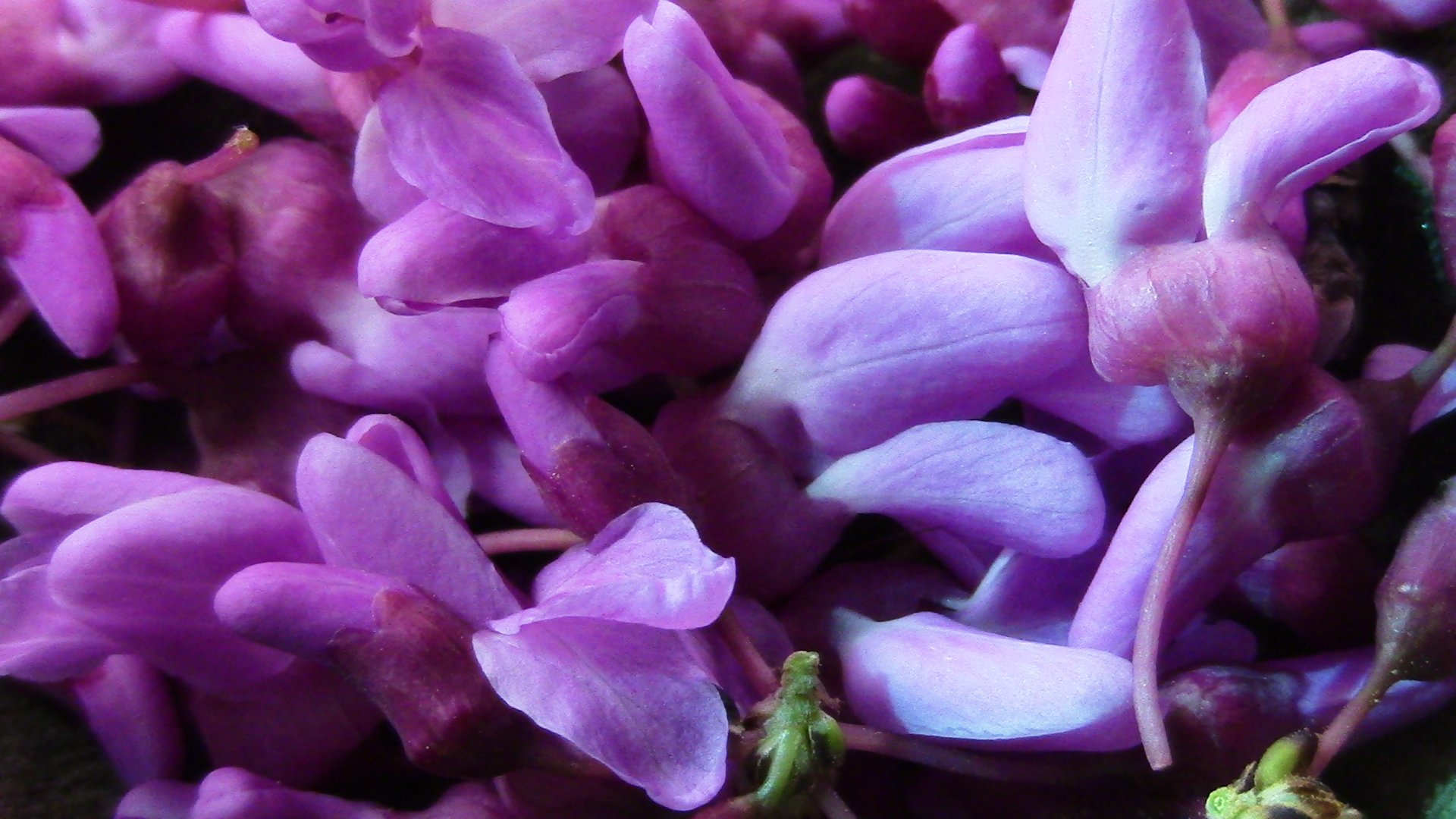
The best way to propagate the Redbud tree is via seeds. Each mature tree will produce a large amount of seedpods each year, each with many individual seeds within it. The young seedlings can best be recognized by their heart-shaped leaves.
Thankfully, I picked up 100 Redbud seedlings last year and have them already growing in five gallon buckets. As I develop my land, Redbuds will definitely be a part of the useful landscape that I plant all around me.
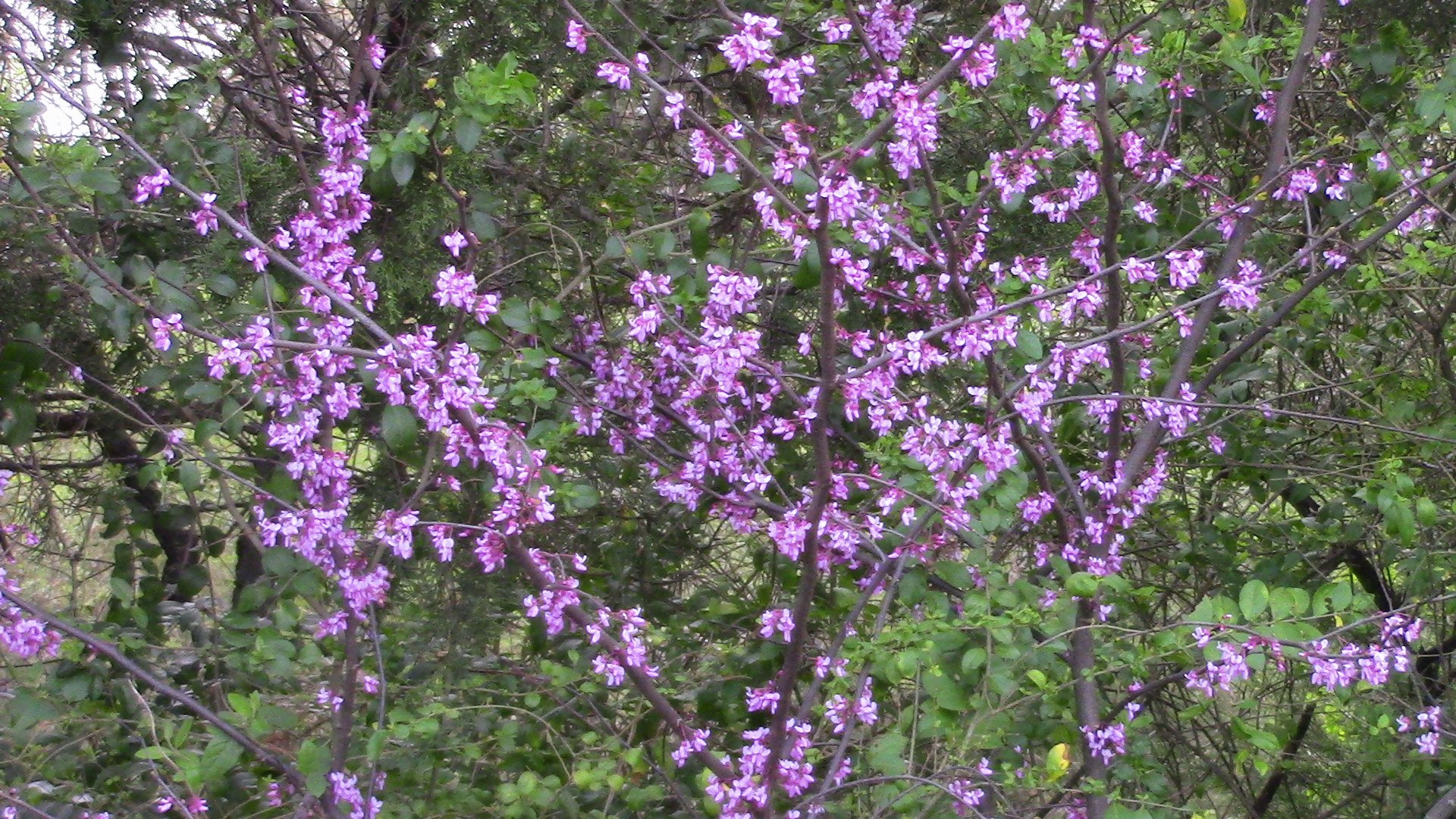

DELICIOUS WILD EDIBLE SALAD

Recently, I’ve been enjoying using the flowers in salads. Often, I’ll just snack on them while I am working or wandering in the woods, but it’s also nice to collect some and use them in dishes. Many people will also cook them, or even pickle them and use them as a caper substitute, but so far I’ve kept it pretty raw.
Here is a video of me enjoying a wonderful salad featuring Redbud flowers and some other wild edibles.
Here's previous THE EDIBLE OUTDOORS posts:
- 1-Common Yellow Wood Sorrel
- 2-Lamb’s Quarters
- 3-American Gooseberry
- 4-Stinging Nettle
- 5-Sassafras
- 6-Creeping Charlie
- 7-Dandelion
- 8-Plantain
- 9-Mint
- 10-Garlic
- 11-Purslane
- 12-Elderberry
- 13-Prickly Pear Cacti
- 14-Wild Lettuce
- 15-Passionfruit
- 16-Alfalfa
- 17-Chicory
- 18-American Beautyberry
- 19-Wintergreen plus a bonus, the Partridgeberry
- 20-Wild Chives
- BONUS-Getting Information Into Your Head Before You Need it
- 21-American Persimmon
- 22-Yellow Dock



